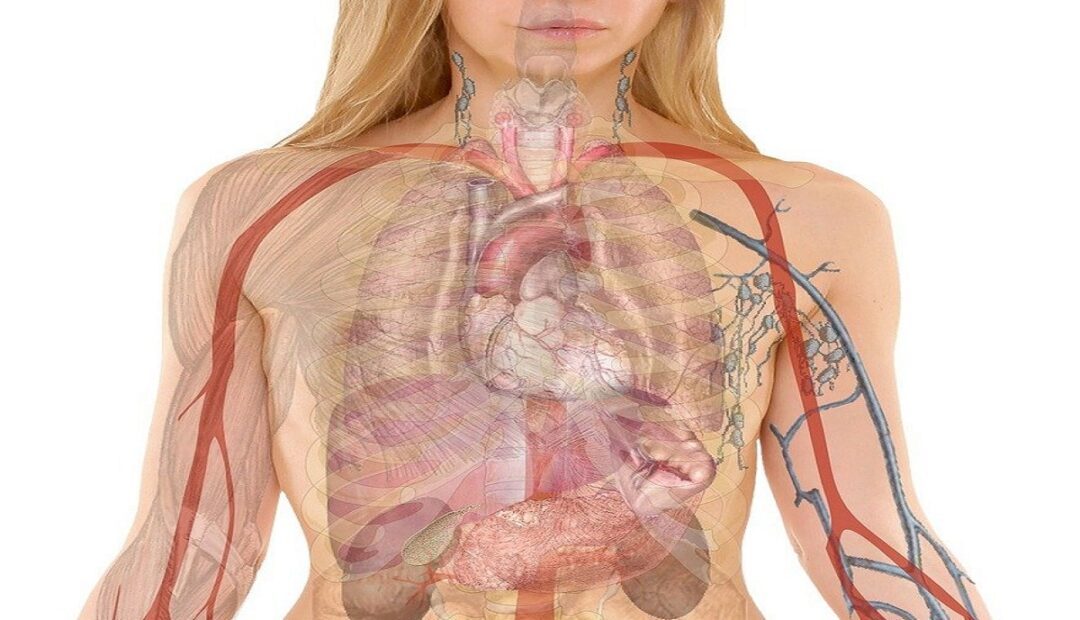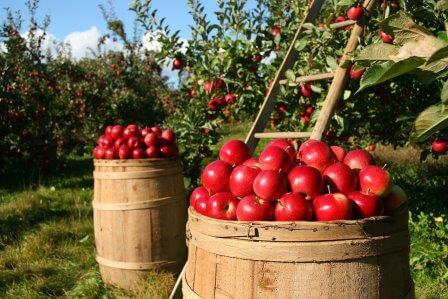NUTRITION IN ANIMALS
ANIMAL NUTRITION Animals generally cannot manufacture their food. Rather, they depend directly or indirectly on plants for their food. Hence they are called heterotrophs. Based on their food types, animals are grouped into three: Carnivores which feed on flesh or other animals e.g. lion. Herbivores which feed on plants e.g goat. Omnivores, which feed on […]
NUTRITION IN ANIMALS Read More »

